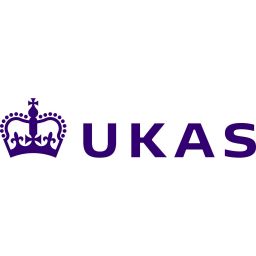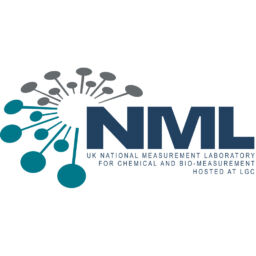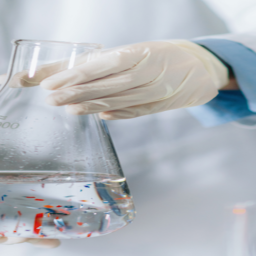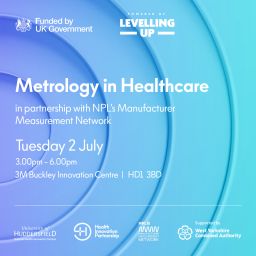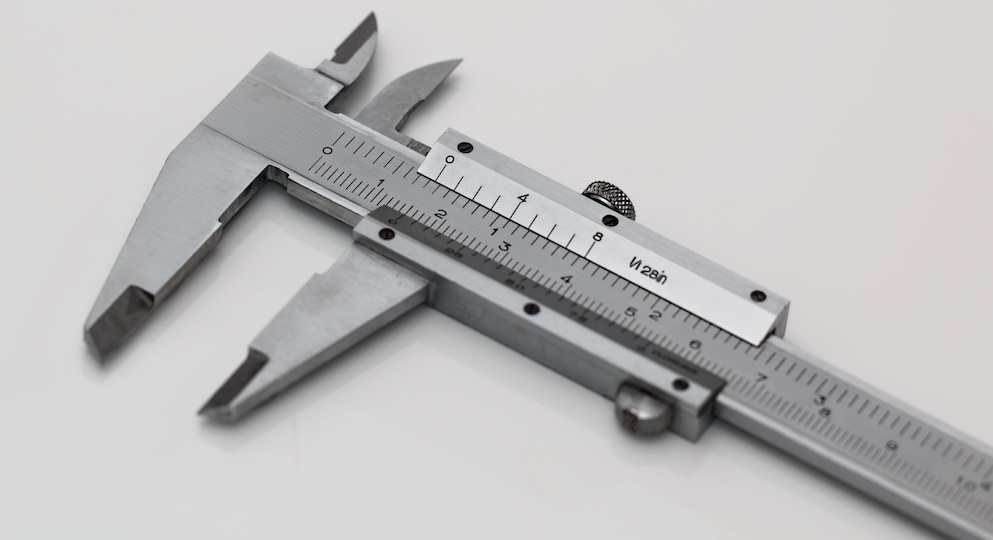
This is a two-part series of articles that cover the basics of measurement uncertainty and gives a worked example of how measurement uncertainty can be used to determine the level of uncertainty when measuring the volume of a cylindrical tank. This series is by no means an extensive explanation of the determination of measurement uncertainty. For a more detailed description of the measurement uncertainty process the reader should consult the ISO/IEC “Guide to the expression of uncertainty in measurement (GUM)”.
While flow meters are calibrated under ideal laboratory conditions, the environments into which they are installed vary greatly. Uncertainty analyses are therefore essential to determine whether measurement systems, once installed, are capable of meeting required performance targets. In financial terms, the expression of uncertainty allows us to estimate the degree of exposure caused by a measurement.
It is a popular misconception that measurement is an exact science. In fact, all measurements are merely estimates of the true value being measured and the true value can never be known. An estimate implies that there is some degree of doubt about the accuracy of that measurement. For example, the repeated measurement of a fixed quantity will never yield the same result every time.
The degree of doubt about the measurement becomes increasingly important with the requirement for increased accuracy. For example, when considering the relative cost of fluids, measurement of high-value petroleum flow must be much more accurate than water flow for either industrial or domestic supply.
Uncertainty of measurement gives an indication of the quality or reliability of a measurement result. The uncertainty of a measurement is the size of this margin of doubt. In effect, it is an evaluation of the quality of the measurement result produced. To fully express the result of a measurement, three numbers are required:
- The measured value – the figure indicated on the measuring instrument.
- The uncertainty of the measurement – the margin or interval around the indicated value inside which you would expect the true value to lie.
- The level of confidence attached to the uncertainty – a measure of the likelihood that the true value of a measurement lies in the defined uncertainty interval.
For example:
3.4 l/s ± 0.5 l/s at a 95 % Confidence
The Standard Uncertainty (u) is the basic building block of uncertainty used for general uncertainty calculations. It defines a narrow band either side of the mean value (or, if appropriate, single value) within which the true value might be expected to lie.
Unfortunately, the confidence level attached to this band is low. Assuming a normal distribution, we are only 68 % confident that the true value will lie within this interval. Of course, the use of an uncertainty band with a confidence of only 68 % is unacceptably low for the majority of practical measurement situations. A higher confidence level, and therefore a larger uncertainty interval, is required. This larger interval is called the Expanded Uncertainty (U), and normally industry requires it to correspond to 95 % confidence.
The multiplier between the Standard Uncertainty and the Expanded Uncertainty at a given confidence level is called the Coverage Factor (k). The value of k depends on the confidence level you require.
U=u*k
What is not uncertainty?
Very often people confuse error and uncertainty by using the terms interchangeably. However, uncertainty is the margin of doubt associated with a measurement, whereas error is the difference between the measured value and the true value.
Other situations which are not uncertainty include:
-
- Mistakes made by operators, as these can be avoided by working carefully through a procedure and checking work.
- Tolerances, as these are acceptance limits chosen for a process or a product.
- Specifications, as these tell you what to expect from a product.
- Accuracy, as this is the true value of a measurement that can never be known.
Common sources of uncertainty
The functional relationship will define all the input variables. The next step is to list all the factors that can influence the measurement of each input. The provision of a definitive list is impractical, and the individual engineer must use their own judgment to decide the factors to consider in any analysis.
The essential point is to recognise that the sources of uncertainty extend far beyond the simple aspects of reading the meter output. For example, a flowmeter will expand and contract with temperature and, if calibrated at room temperature and then used to meter hot crude oil direct from a wellhead, the fluid temperature may affect the results obtained from the meter.
While it is not possible to list all the likely sources of uncertainty, the following list gives an indication of the types of factors that should be considered. Every measurement engineer should be aware of the possibility of additional sources that may be specific to the process being analysed.
- The environment – many instruments are sensitive to changes in pressure, temperature, humidity and vibration, as well as voltage fluctuations and electromagnetic interference.
- Measured quantity – in many industrial processes the parameter being measured is dynamic. For example, a flow rate may vary as a pump speed varies due to changes in electrical input.
- Calibration uncertainties – when an instrument is calibrated, its uncertainty can never be better than that of the calibration.
- Operator bias – when industrial measurements are taken manually, the results will be subject to additional uncertainty.
- Instrument used – many aspects, such as resolution, bias, hysteresis, ageing and non-linearity affect the result of the measurement.
- Measurement procedure – measurement procedures should be fully documented and adhered to. However, there will be occasions on which different instruments must be used or readings taken over a different time interval. The impact of this on the uncertainty should be assessed when applicable.
- Usage effects – it is common practice to calibrate an instrument in ideal conditions rather than in the conditions of its normal usage.
Calculating uncertainty
The ISO/IEC “Guide to the expression of uncertainty in measurement (GUM)” specifies two distinct methods of uncertainty analysis. These are classified as Type A and Type B analyses.
Type A is based upon the statistical analysis of multiple readings of the same measurement. It includes:
- Arithmetic mean
- Spread or standard deviation
- Degrees of freedom
- Normal or Gaussian distribution
Type B is essentially a non-statistical approach. For example, these could be:
- The uncertainty quoted on a calibration certificate
- Engineering judgement based on experience of a measurement system
- Manufacturer’s specifications
For most uncertainty analyses we usually have to apply a mixture of both Types A and B. Before you are able to combine uncertainties from the various sources to get an overall uncertainty for a given quantity, a series of criteria must be met, and calculations performed. Before combination, each uncertainty should be reduced to at least a common confidence level and at best to a standard uncertainty. To add uncertainties together they must be in the same units. The most appropriate units are those of the output quantity whose uncertainty we wish to calculate.
A more detailed explanation of the entire process in determining uncertainty can be found in the ISO/IEC “Guide to the expression of uncertainty in measurement (GUM)”.
Part 2 of this series will include a worked example of the cost of uncertainty together with an example of how the measurement uncertainty associated with the measurement of a cylindrical tank can be calculated.

